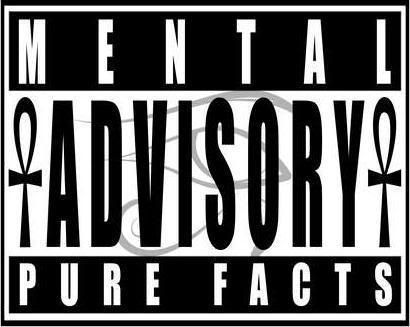Thursday, June 21, 2012
Use Native American favorite bee balm plants for healing and cooking
Bee balm plants are a showy and fragrant group of plants indigenous to northeastern North America which have long been prized for their medicinal and culinary properties as well as showy flowers which attract hummingbirds and butterflies. Bee balm plants are members of the genus Monarda and grow best in zones 4 - 9. Their showy, spiky flowers are typically crowded into head-like clusters and range in color from pink to crimson red, red and light purple hues.
Monarda didyma (M. didyma) bee balm has bright, carmine red blossoms and is commonly known as oswego tea. M. fistulosa, commonly known as wild bergamot, has lavender or smoky pink flowers. M. citriodora and M. pectinata have light lavender to lilac-colored blooms and have slightly decreased flower quantities. Both species are commonly referred to as "Lemon Mint."
Medicinal and Culinary Uses of Bee Balm
Bee balm is the natural source of the antiseptic thymol, the main active ingredient in modern commercial mouthwash formulas. Several bee balm species, including M. fistulosa and M. didyma, have a long history of use as medicinal plants by Native Americans including the Blackfoot, Menominee, Ojibwa and Winnebago. The Blackfoot Indians recognized the plants' strong antiseptic properties and used bee balm poultices for skin infections and minor wounds. Bee balm tea was used to treat mouth and throat infections caused by dental caries and gingivitis. The Winnebago used a tea made from bee balm as a general stimulant. Bee balm was also used as a carminative herb and an infusion of crushed bee balm leaves in boiling water has been used to treat headaches and fevers.
Bee balm is a member of the mint family with fragrant minty leaves and flower buds which taste like a mix of spearmint and peppermint with oregano. Bee balm was traditionally used by Native Americans as a seasoning for wild game, particularly birds. Today, bee balm can be used to spice up a variety of foods. Here is one example of a recipe which uses bee balm flowers:
Hummingbird Bread with Bee Balm Flowers
Ingredients:
1 package dry yeast
1/4 cup warm water
2 tbls. butter
1/2 tsp. honey (preferably raw organic honey)
4 cups unbleached flour
1 cup bee balm flowers (the outer soft petals)
1 cup water at room temperature
1 egg, slightly beaten (preferably cage free organic egg)
Light olive oil to coat baking sheet
Instructions:
1. Dissolve yeast in warm water in mixing bowl. Add butter and honey and mix thoroughly. Add flour and flower petals alternately with water, beating the dough down after each addition. Knead the last of the flour/flowers mixture into the dough by hand.
2. Shape into a ball and place in a greased bowl, turning once to oil all surfaces. Cover with a damp towel. Allow to rise in a warm place until doubled in bulk.
3. Punch dough down and turn onto lightly floured board and knead for 5 minutes. Divide dough in half and shape into two round loaves. Place loaves 4 inches apart on a lightly oiled baking sheet or baking pan and cover with a damp towel. Allow to rise for 30 minutes. Brush top with beaten egg and spread more bee balm blossoms that have been dipped in the egg over top of the bread.
4. Bake in a preheated 400' F oven for 45-50 minutes, or until loaves are lightly browned.
Note: This bread is best when allowed to rest in the refrigerator overnight. Its crumbly texture makes it difficult to use for sandwiches, but thick slices are delicious when toasted and served with a favorite spread.
Source - www.naturalnews.com
Subscribe to:
Post Comments (Atom)

No comments:
Post a Comment